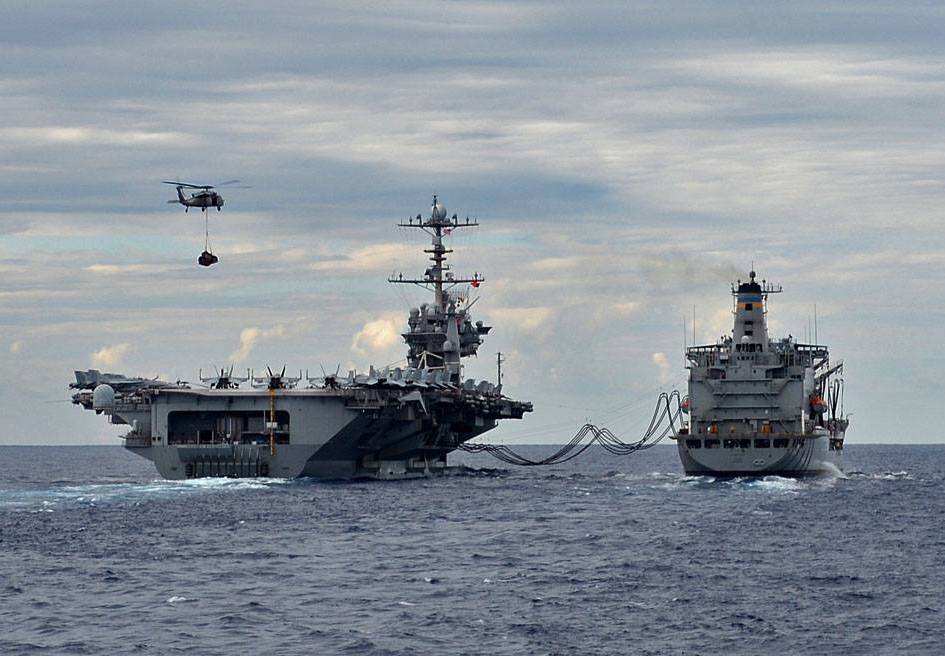With an award of $9 million over the next four years, GE Global Research is to develop a process for creating 1:1 scale twin digital models of metal 3D printed parts for the U.S. Navy.
According to recent estimates, the Navy will depend upon approximately 1,000 3D printed parts by the end of 2018. Through the digital twin project, this number could rise significantly between now an the year 2021/2022 as the program will be designed to expedite the 3D printed part qualification and certification process.
Ade Makinde, Principal Engineer of Additive Technologies at GE Global Research, comments, “Using GE’s Digital Twin technology, we’re aiming to rapidly speed up the time that parts could be re-engineered or newly created using 3D printing processes,”
“With today’s technology, the process for designing a new part can take years. We think we can reduce that timeframe to weeks, with the unique digital solutions under development.”
No room for error
According to the official press release, “GE’s Digital Twins are living, learning digital models of physical assets, parts, processes and even systems.” The purpose of the twins is to relay data about the performance and properties of a physical counterpart. With this information, the program will achieve complete repeatability of a 3D printed part, and greatly improve process reliability.
The program will specifically be used to maintain in-service ships, aircraft and vehicles.

“The key challenge with industrial 3D printing is being able to additively build a part that mirrors the exact material composition and properties of the original part that was formed through subtractive measures,” explains Makinde.
“With the kind of mission-critical equipment the Navy operates, there is no room for deviations in material performance or manufacturing error.”
“Feed forward” design
An ambitious project relying on the seamless communication between sensors, Big Data collection and expert knowledge the GE Global Research team will be working together with 7 industrial partners. GE Aviation and GE Additive branches will be taking part, as will Honeywell, the Navy Nuclear Lab (NNL), the National Center for Defense Manufacturing and Machining (NCDMM) and Penn State University.
Lawrence Livermore National Laboratory (LLNL) joins as the seventh project partner, and will be providing it’s “feed forward” design methods to ensure failsafe accuracy of first-time 3D printed parts through the Accelerated Certification of Additively Manufactured Metals (ACAMM) project.

ACAMM lead Wayne King, who co-authored the lab’s breakthrough research on meltpool behaviour of selective laser melting processes, says, “We are pleased to have the opportunity to bring our modeling and simulation methods, as well as our expertise in in-situ sensing and monitoring to this project,”
“Part certification has been the focus for us all along, and we think we’ve made considerable progress and gained the confidence of our program engineers and physicists with regards to part quality.”
Only one week left to vote in the 2018 3D Printing Industry Awards. Make your decisions now to decide this year’s winning nominees.
Sign up to our daily newsletter, follow us on Twitter, and like us on Facebook, for more of the latest 3D printing news.
Search and post 3D Printing Jobs for opportunities and new talent across engineering, marketing, sales and more.
Featured image shows metal power melting. Photo via GE Additive


